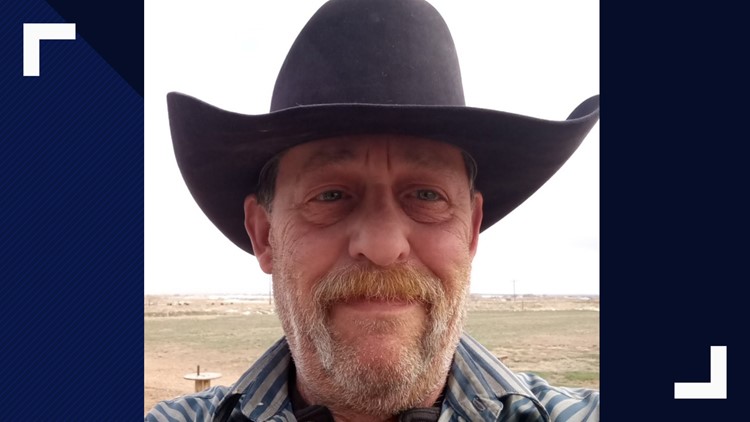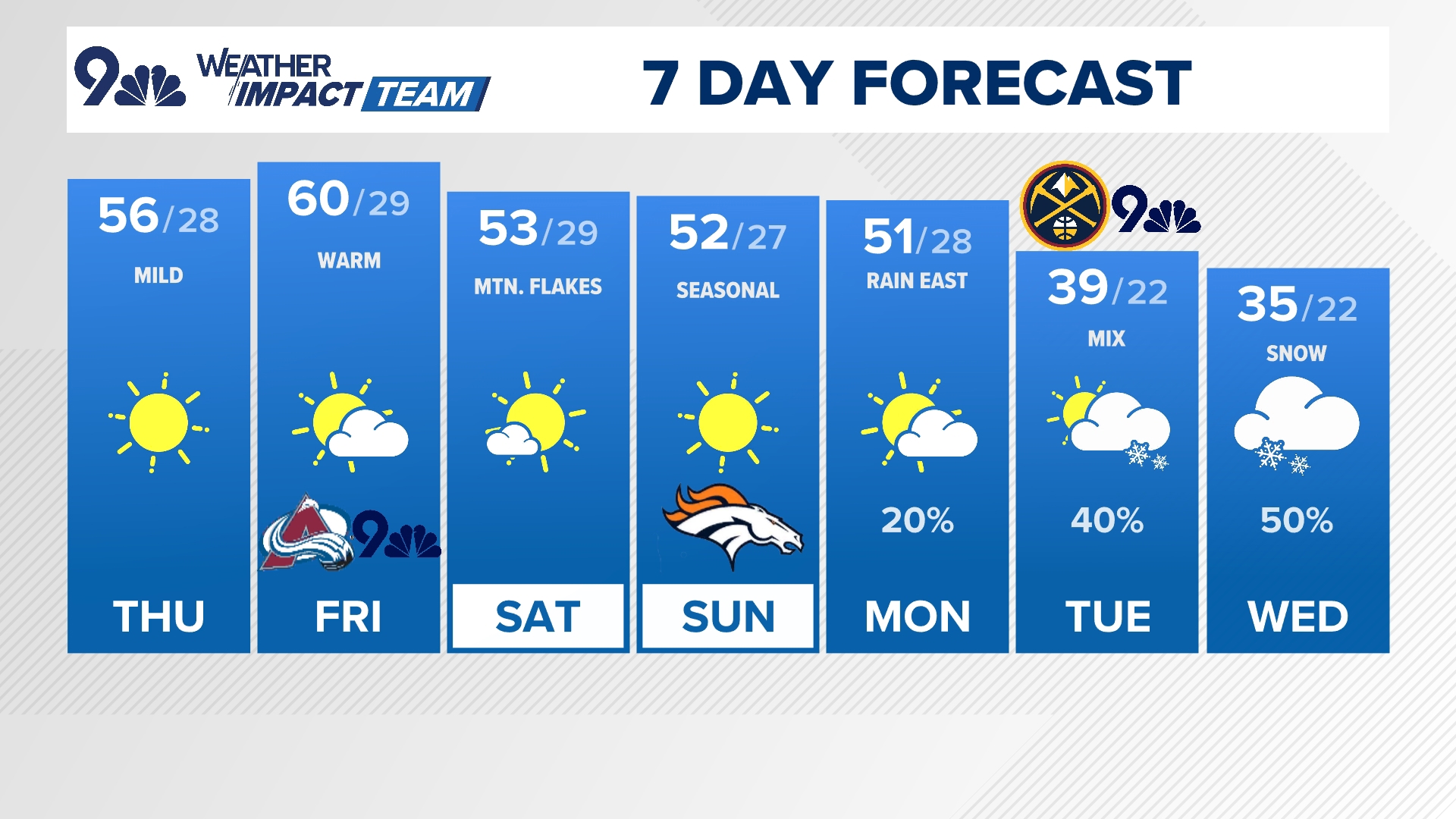COLORADO, USA — Colorado meteorologists use satellites, radars, and weather stations to monitor winter storms and severe weather, but even with all that remote sensing technology, nothing beats a good pair of eyes.
Those eyes on the ground are called storm spotters. They are not storm chasers, they are just citizens with an interest in weather that report observations to the National Weather Service (NWS).
“The more eyes the better. If I see something, I want it to be accurate to what's going on,” said Weld County storm spotter Dave Barrell.
He's known on Twitter, where he frequently sends weather reports to the NWS and the local media, as Cowboy Dave. He describers himself as just a laid-back weather geek, but his interest in weather took a major turn on May 22, 2008.
“I came down the hill, and you could see it behind one of our buildings, and it was just a black wall,” said Barrell, who was working at the Carestream Health campus in Windsor, when one of Colorado's biggest and strongest tornadoes ripped through Weld County. The tornado killed one person, and caused extensive damage in the area.
“And that’s when I really ramped up that spotter stuff...I was a quarter mile away from an EF-3 tornado, and I didn’t realize it was a tornado. I stood there and I looked at it, and I looked at it, because it was so big,” said Barrell.
Nowadays, Dave never misses a beat with Colorado weather and reports every chance he gets.
He is a proud member of the Skywarn Spotter program, which is weather training taught by the NWS. They said there are more than 9,000 spotters like Cowboy Dave in their northeast Colorado database.
How to become a Skywarn Storm Spotter:
Attend a training session offered by the NWS every spring. There are still six sessions left in April before the start of Colorado's severe weather season.
These classes are free and open to the public. You can also attend these sessions just to learn more about Colorado weather without going through Skywarn certification.
How to make a weather report:
The Boulder office of the NWS issues weather warnings and advisories for 22 counties in northeast Colorado. That's a lot of ground to cover, so they will gladly take weather reports from the public, even if they have not received any type of training.
A good weather report should include four things.
1. An observation. It doesn't have to be too technical. Just report what you are seeing. Precipitation, clouds, visibility, or weather damage. If you have a way to take a measurement like, snow or hail accumulation, wind speed, temperature, or hail size, pass that along.
2. A time. It is very important to know what time you made the weather observation so that a meteorologist can compare your report to the precise timestamp on radar and satellite data.
3. A location. The observation is not useful unless they know exactly where it is located. An address, an intersection, or distance from a town or landmark is very helpful information. A bearing is also very helpful. Which direction are you facing when you seeing the weather.
4. A picture. This is extremely helpful. Even if it is just a cell phone picture. A meteorologist might be able to get additional information from a picture, that might not get reported by the observer. I can also help verify the report.
One of the main topics that gets covered in the Skywarn training sessions, is how to safely make a weather observation. No weather report is worth placing yourself in any type of danger.
There are several ways to make a report. Social media is becoming a very useful tool. On Twitter, just tag @NWSBoulder in your post, or use the hashtag #COwx. That is the Colorado Weather feed that NWS monitors during weather events.
You can also tag @9NEWS or use our weather feed hashtag #9wx, because we love to get your reports as well. On Facebook, post to NWS Boulder or 9NEWS.
You can also use a web based form to submit a storm report, or use the mPing app on your mobile device.
SUGGESTED VIDEOS | Science is cool



